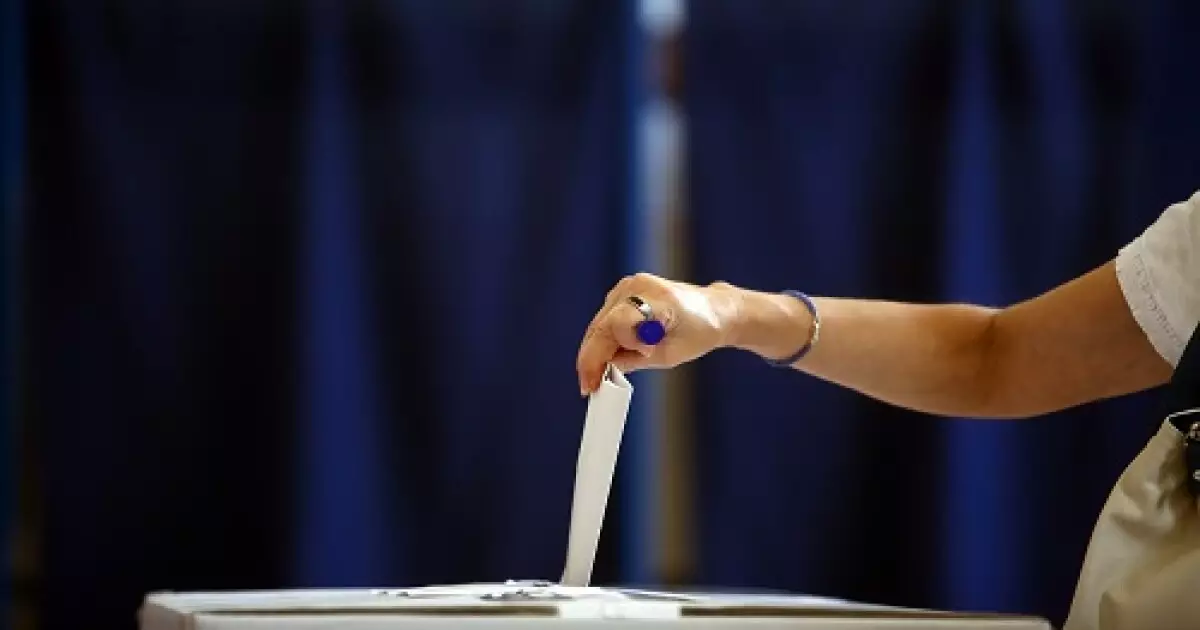As the ink dries on the ballots, the fate of transportation funding hangs in the balance with voters facing a considerable array of measures. With over 300 transportation-related initiatives on the ballots across various states, which collectively exceed $70 billion, the implications are profound. This pivotal moment is not just about funding; it’s about shaping the future infrastructure of communities, balancing fiscal responsibilities, environmental sustainability, and ensuring that people can commute effectively in a rapidly evolving urban landscape.
The vast number of transportation proposals reflects the diverse needs and challenges faced by different regions. In South Carolina, eight counties are pushing for local sales tax enhancements aimed at bolstering transportation resources. Likewise, Georgia’s seven counties are similarly advocating for new or renewed sales taxes dedicated to transportation. These local initiatives are indicative of a broader trend where municipalities recognize the necessity for funding critical infrastructure to foster economic development and retain quality of life for residents.
On a more statewide level, California’s proposed measure to reduce the passage threshold for taxes and bonds from 66.67% to 55% represents a significant reform. By making it less challenging for local governments to secure necessary funding for transportation projects, this measure aims to alleviate barriers that have historically stalled beneficial infrastructure initiatives. However, this raises questions about the long-term impacts on taxpayer sentiment, potentially leading to a pushback as residents weigh their financial commitments against perceived benefits.
Washington state voters face a crucial decision regarding the state’s carbon credit market. The outcome of this vote is critical not only for the environmental impacts it may precipitate but also for its potential effects on funding for sustainable transportation alternatives like high-speed rail and electrified transit systems. Should voters choose to reject this measure, it could hinder the state’s ability to finance innovative transportation solutions at a time when climate change considerations are paramount.
Furthermore, in Arizona’s Maricopa County, the community is presented with an opportunity to vote on the continuation of a sales tax projected to generate nearly $15 billion through 2045. Such substantial funding could maintain the already enviable 30-minute average commute, a feat that many large cities struggle to achieve. This emphasis on not only maintaining but enhancing the commuting experience underscores the idea that effective transit solutions can significantly bolster regional appeal and economic viability.
Interestingly, historical data reveals a persistently strong voter support for transportation measures. According to the American Road & Transportation Builders Association (ARTBA), last year, voters approved an impressive 88% of the proposed transportation funding initiatives, showcasing a widespread recognition of the importance of investment in infrastructure. Since 2014, this supportive trend has maintained its momentum, with 85% of state and local ballot measures being approved across 43 states.
This consistent backing raises an essential question: what drives voter confidence in these measures? It appears that the public understands the tangible benefits that improved transportation infrastructure offers—less congestion, better air quality, and enhanced economic opportunities. However, the challenge lies in ensuring transparency and accountability in how these funds are managed and allocated.
As voters prepare to cast their votes, they stand at the crossroads of critical decisions that will influence their community’s transportation landscape for years to come. The combined potential of these initiatives to generate substantial revenue could lead to transformative changes in infrastructure. However, these decisions are not without their complexities. Voters must weigh immediate transportation needs against broader implications, including taxes and potential long-term economic impacts.
Ultimately, the path forward requires a delicate balance between advocating for necessary funding and maintaining public trust. As communities embark on this pivotal journey, it is clear that enhancing and maintaining a robust transportation system is not merely a choice—it’s an imperative for fostering sustainable growth and enhancing the quality of life in an increasingly mobile and interconnected world.

